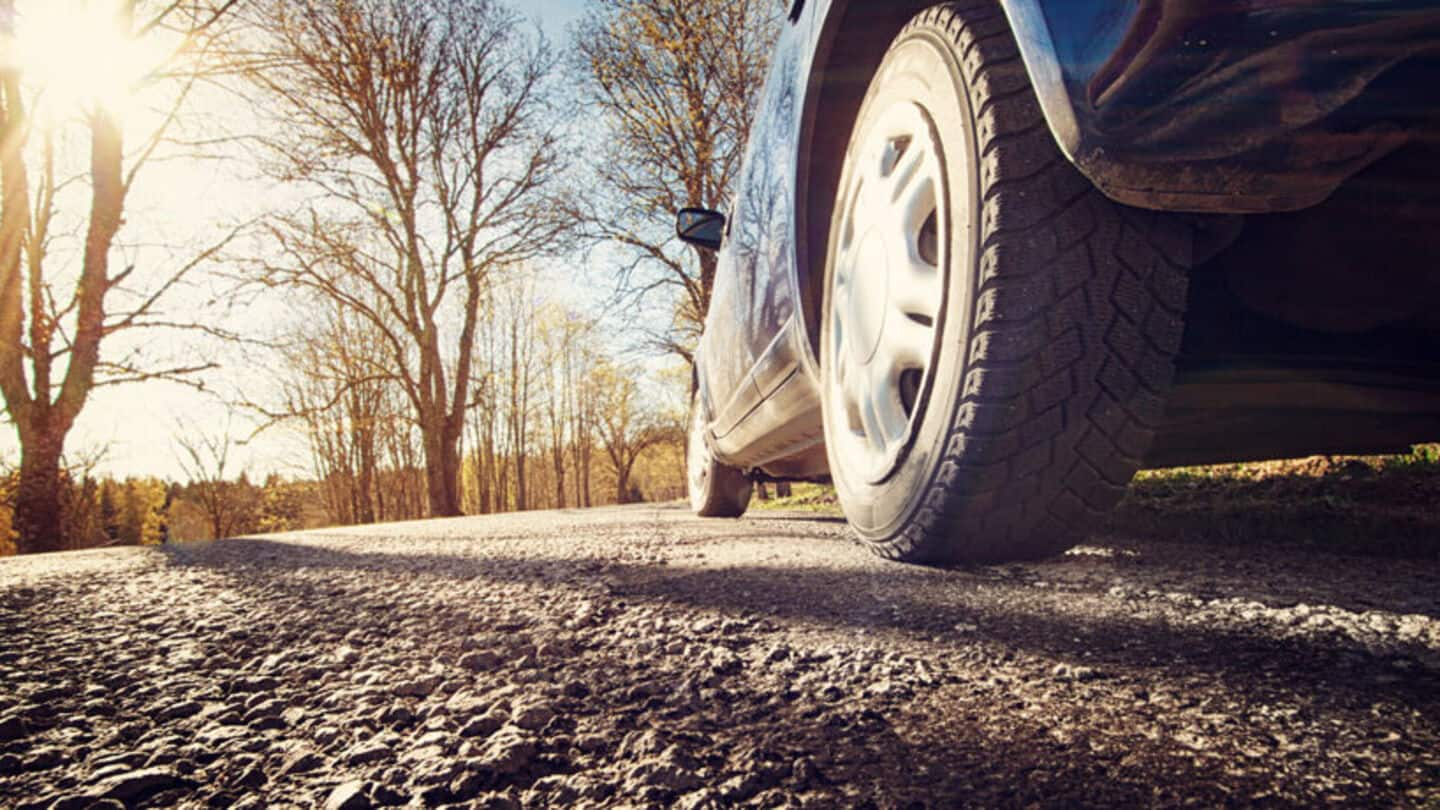
Nearly half of all microplastic pollution comes from cars: Study
What's the story
A recent study has revealed that nearly half of all microplastic pollution comes from cars. The research highlights the role of tire wear particles in contributing to this environmental crisis. Every time a vehicle moves, its tires lose tiny bits of synthetic rubber, which eventually end up in our waterways. These microplastics carry toxic chemicals that can harm aquatic life and potentially humans who consume contaminated seafood.
Pollution source
How tire wear particles contribute to microplastic pollution
Tire wear particles, the tiny bits shed by tires as they roll on roads, have been identified as a major contributor to microplastic pollution. These particles are washed away by rain into ditches and eventually find their way into streams, lakes, rivers, and oceans. Aquatic life, such as fish and crabs, often consumes these tire wear particles along with highly toxic chemicals that can affect their health and that of other creatures in the food chain.
Chemical impact
Link between tire wear particles and fish deaths
The toxic chemicals associated with tire wear particles have been linked to the death of certain fish species, including coho salmon. In 2020, researchers found that over half of the coho salmon returning to Washington state's streams died before spawning. This was largely due to 6PPD-Q, a chemical derived from 6PPD, added to tires for durability.
Human exposure
What about human health?
Humans and animals living near major roadways are also at risk of exposure to airborne tire wear particles. A study in China detected 6PPD-Q in the urine of children and adults, indicating potential health risks. Although further research is needed to fully understand its effects on human health, earlier studies have indicated that this chemical could damage several human organs, such as the liver, lungs, and kidneys.
Pollution discovery
Concentrations could be much higher in high-traffic areas
In a study conducted in Oxford, Mississippi, over 30,000 tire wear particles were discovered in 24 liters of stormwater runoff from roads and parking lots. The researchers suspect that concentrations could be much higher in high-traffic areas. The Interstate Technology and Regulatory Council has suggested identifying and using alternatives to 6PPD in tires to reduce its environmental impact.However, tire manufacturers claim no suitable replacement is available yet.
Pollution mitigation
Researchers exploring sustainable methods to remove tire wear particles
Researchers at the University of Mississippi are exploring sustainable methods to remove tire wear particles from waterways using natural materials derived from agricultural waste. In a recent study, pine wood chips and biochar were found to remove approximately 90% of tire wear particles from stormwater runoff. This approach could potentially be scaled up as an affordable and environmentally friendly solution for local communities dealing with this type of pollution.